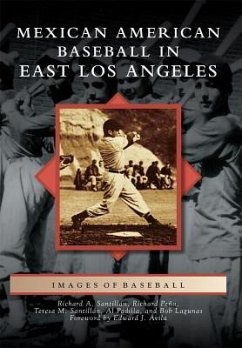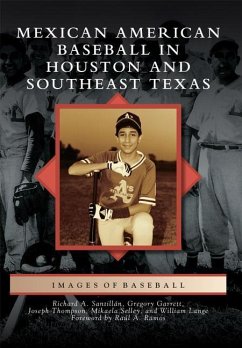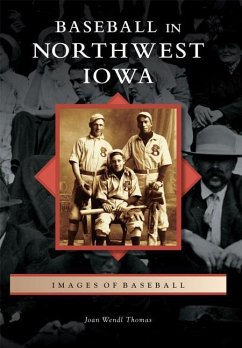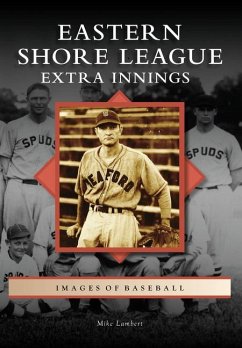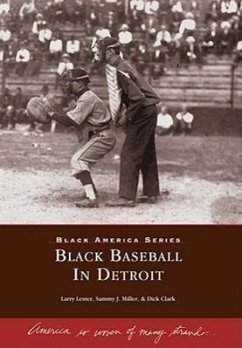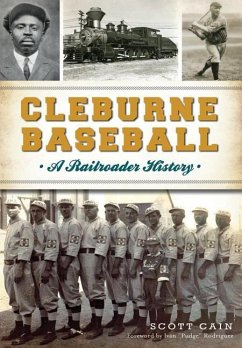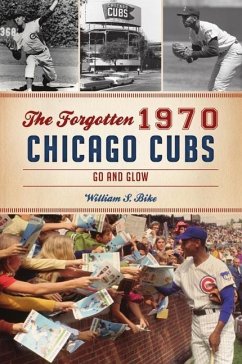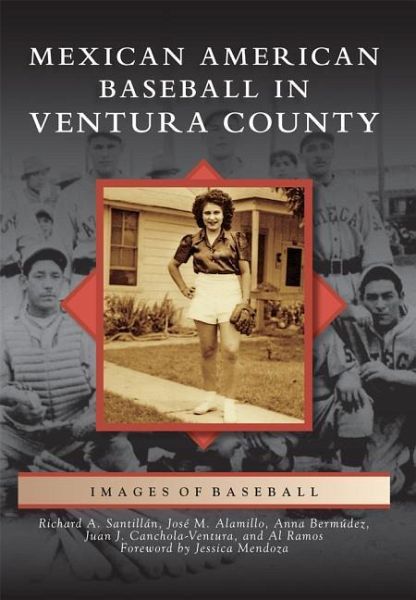
Mexican American Baseball in Ventura County
Versandkostenfrei!
Versandfertig in über 4 Wochen
19,99 €
inkl. MwSt.

PAYBACK Punkte
10 °P sammeln!
Mexican American Baseball in Ventura County pays tribute to the legendary teams and players from Ventura, Oxnard, Camarillo, Simi Valley, Moorpark, Santa Paula, and other surrounding neighborhoods. From the early 20th century through the 1950s, baseball in Ventura County safeguarded opportunities for nurturing athletic and educational skills, asserting ethnic identity, promoting political self-confidence, developing economic autonomy, and redefining gender roles for women. Outside the ball field, these players and their families helped create the multibillion-dollar agricultural wealth that re...
Mexican American Baseball in Ventura County pays tribute to the legendary teams and players from Ventura, Oxnard, Camarillo, Simi Valley, Moorpark, Santa Paula, and other surrounding neighborhoods. From the early 20th century through the 1950s, baseball in Ventura County safeguarded opportunities for nurturing athletic and educational skills, asserting ethnic identity, promoting political self-confidence, developing economic autonomy, and redefining gender roles for women. Outside the ball field, these players and their families helped create the multibillion-dollar agricultural wealth that relied heavily on their backbreaking labor. These extraordinary photographs and remarkable stories shed unparalleled light on the long and rich history of baseball and softball in this celebrated region of California.



